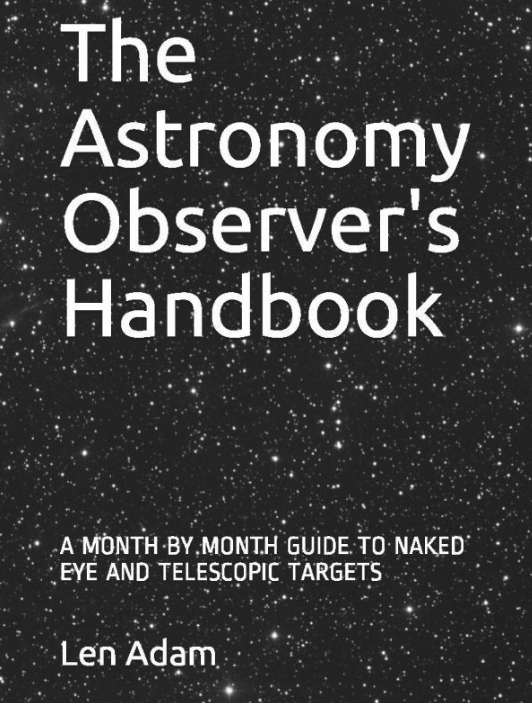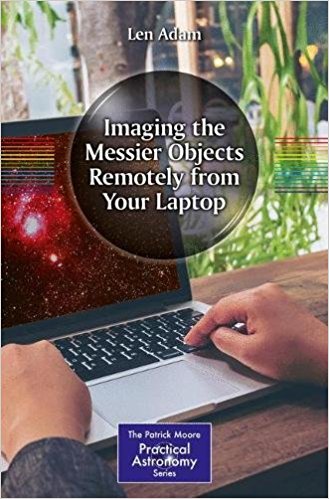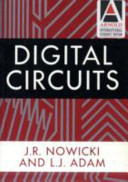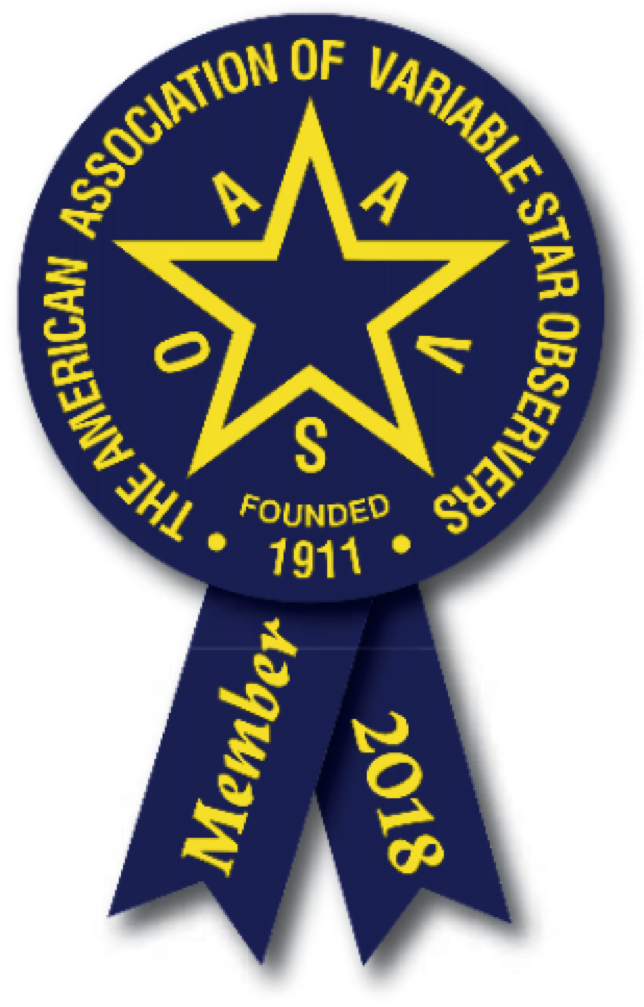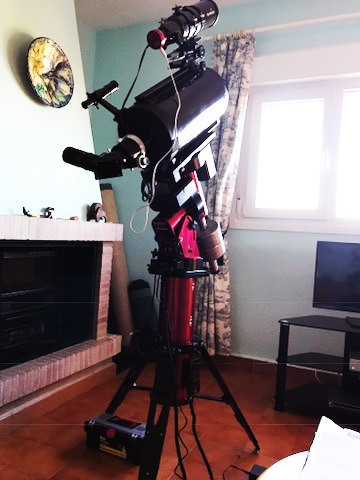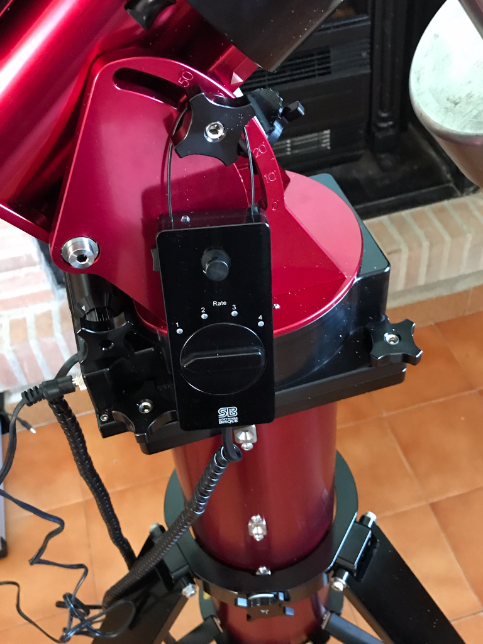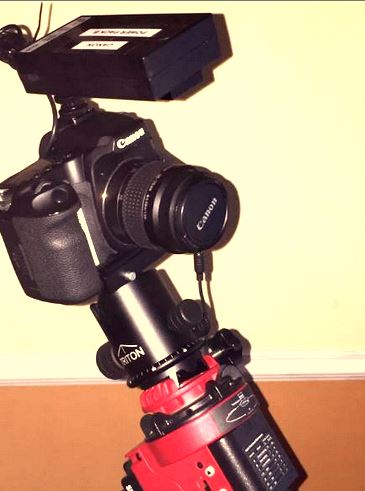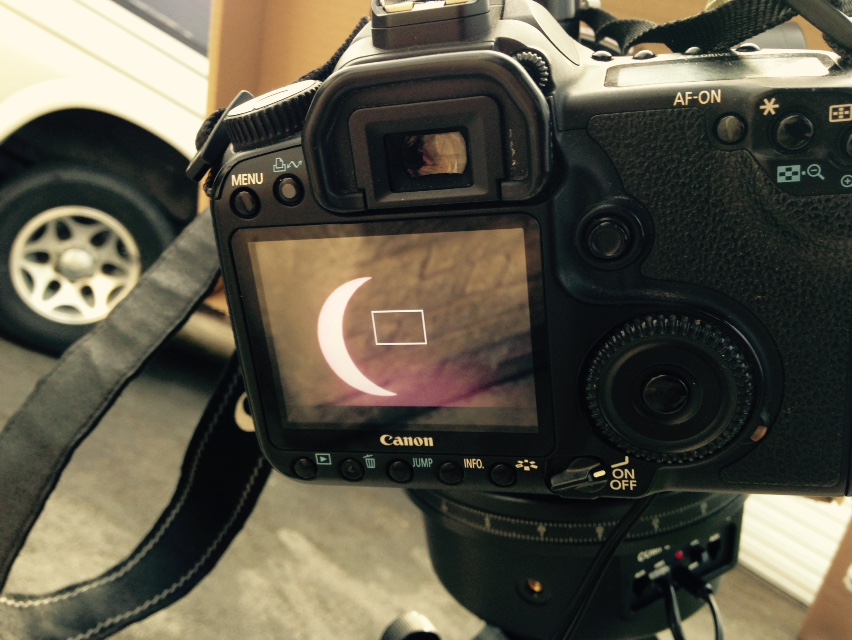I used telescope T32 in Siding Spring to image NGC 4755 which is known as the Jewel Box Cluster.

This is the image data:
Object Name: NGC 4755
Object Type: Open Cluster
Altitude: +59° 41' 50"
Constellation: Crux
Major Axis: 10.0
Minor Axis: 10.0
RA (Topocentric): 12h 54m 34.695s
Dec (Topocentric): -60° 26' 05.516"
RA (2000.0): 12h 53m 37.001s
Dec (2000.0): -60° 21' 22.011"
Azimuth: 168° 01' 56"
Axis Position Angle: 0° 00'
Magnitude: 4.20
Transit Time: 04:37
Hour Angle: -00h 48m 58s
Air Mass: 1.16
Rise/Set Notes: Always above horizon.
Source Catalog: Revised NGC
Constellation: CRU
Remarks: Jewel Box, Kappa Cru cl.
Date: 11/02/2015
Time: 03:47:49 DST
Constellation (Abbrev.): Cru
Screen X: 392.91
Screen Y: 316.63
Sidereal Time: 12:06
Julian Date: 2457064.19987269
and the telescope data
QE: 60% Peak
Full Well: > 100X Saturation Exposure (ABG)
Dark Current: <0.07 e-/pixel/sec. @ -35º C
Pixel Size: 9um Square
Resolution: 0.63 arcsec/pixel
Sensor: KAF-16803
Cooling: -35º C default
Array: 4096 x 4096 pixels
FOV: 43.2 x 43.2 arcmin
Filters: Astrodon E-Series. Red, Green, Blue.
Luminance, Ha, SII, OIII, V, I
Position Angle: 90º
Telescope Optics
OTA: Planewave 17" CDK
Optical Design: Corrected Dall-Kirkham Astrograph
Aperture: 431mm
Focal Length: 2912mm
F/Ratio: f/6.8
Guiding: Active Guiding Disabled
Mount: Planewave Ascension 200HR
CCD: FLI Proline 16803 T32 FOV Dark Current: <0.07 e-/pixel/sec. @ -35º CPixel Size: 9um SquareResolution: 0.63 arcsec/pixelSensor: KAF-16803 Cooling: -35º C default Array: 4096 x 4096 pixelsFOV: 43.2 x 43.2 arcmin Filters: Astrodon E-Series. Red, Green, Blue.
T32 FOV Dark Current: <0.07 e-/pixel/sec. @ -35º CPixel Size: 9um SquareResolution: 0.63 arcsec/pixelSensor: KAF-16803 Cooling: -35º C default Array: 4096 x 4096 pixelsFOV: 43.2 x 43.2 arcmin Filters: Astrodon E-Series. Red, Green, Blue.
OTA: Planewave 17" CDK
Optical Design: Corrected Dall-Kirkham Astrograph
OTA: Planewave 17" CDK
Optical Design: Corrected Dall-Kirkham Astrograph
OTA: Planewave 17" CDK Optical Design: Corrected Dall-Kirkham Astrograph
Aperture: 431mm
Focal Length: 2912mm
F/Ratio: f/6.8
Guiding: Active Guiding Disabled
Mount: Planewave Ascension 200HR
Aperture: 431mm
Focal Length: 2912mm
F/Ratio: f/6.8
Guiding: Active Guiding Disabled
Mount: Planewave Ascension 200HR
Aperture: 431mmFocal Length: 2912mmF/Ratio: f/6.8 Guiding: Active Guiding DisabledMount: Planewave Ascension 200HR
 Wednesday, February 18, 2015 at 5:27PM
Wednesday, February 18, 2015 at 5:27PM  [Your Name Here] | Comments Off |
[Your Name Here] | Comments Off | 
